Lane & Merge Signs
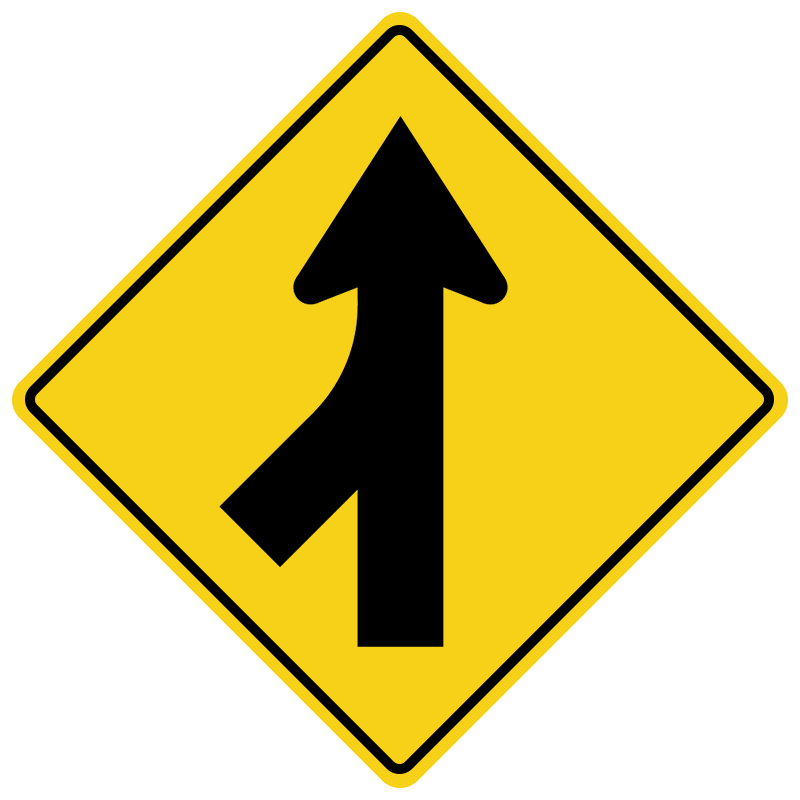
Lane and merge signs are two traffic signs that provide different information and serve distinct purposes. Lane signs offer information about specific lanes on the roadway, guiding drivers on lane usage and destination selection. In contrast, merge signs provide warnings and instructions for drivers to safely merge their vehicles into another lane or flow of traffic.
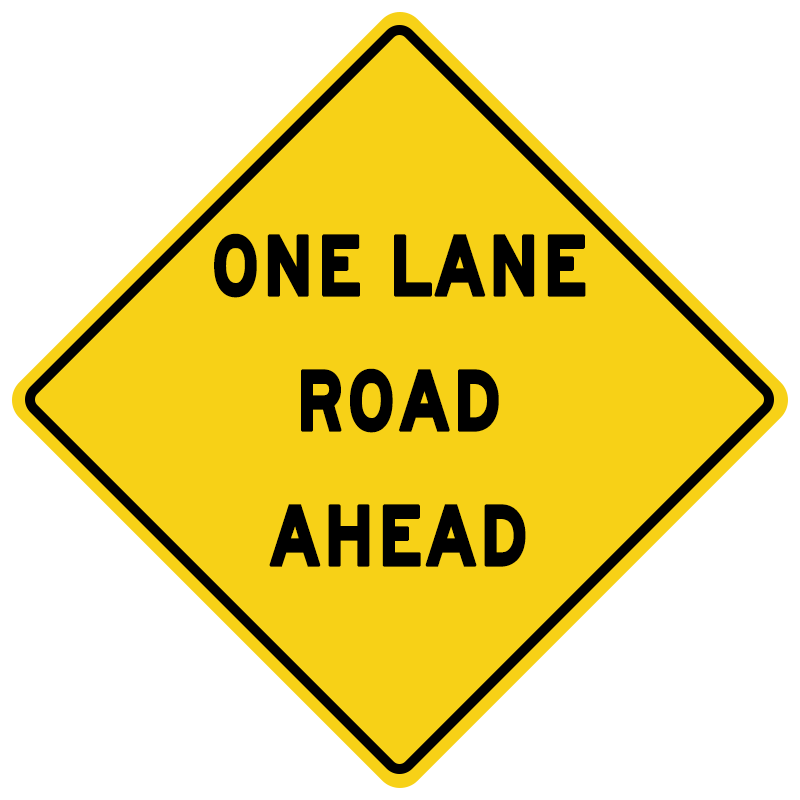
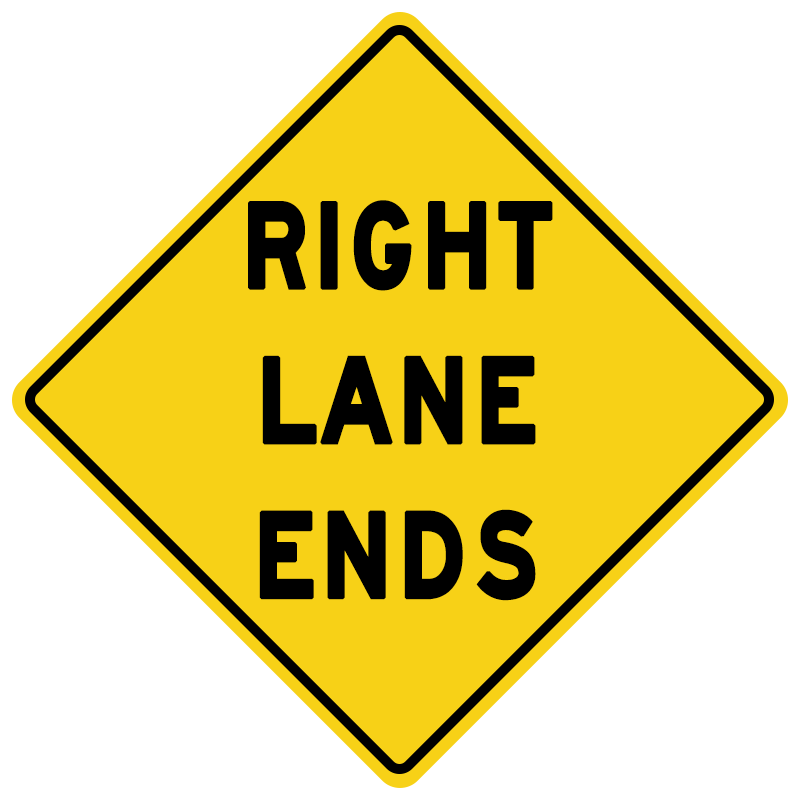
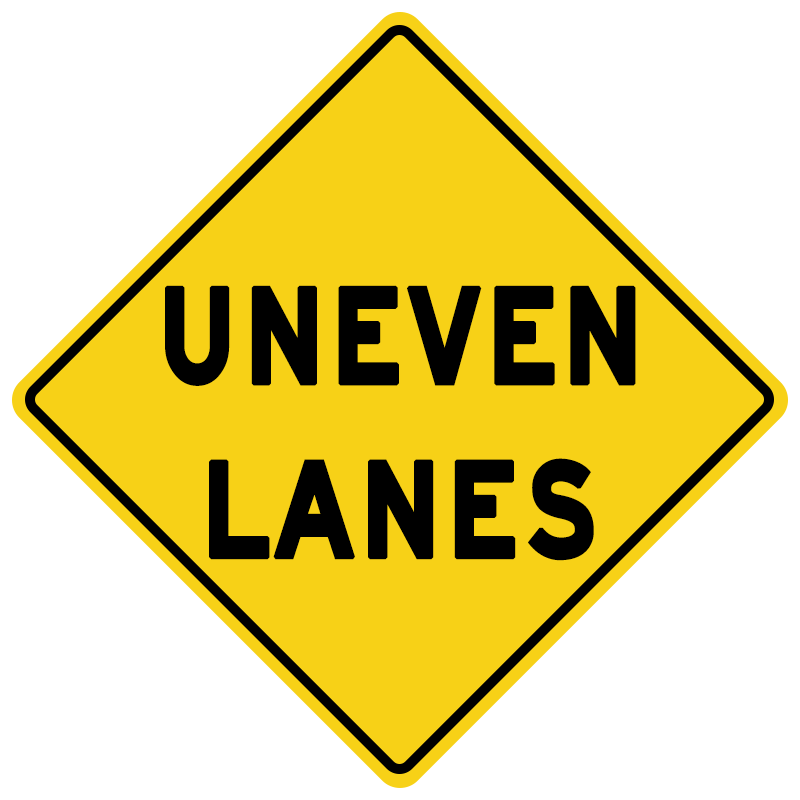
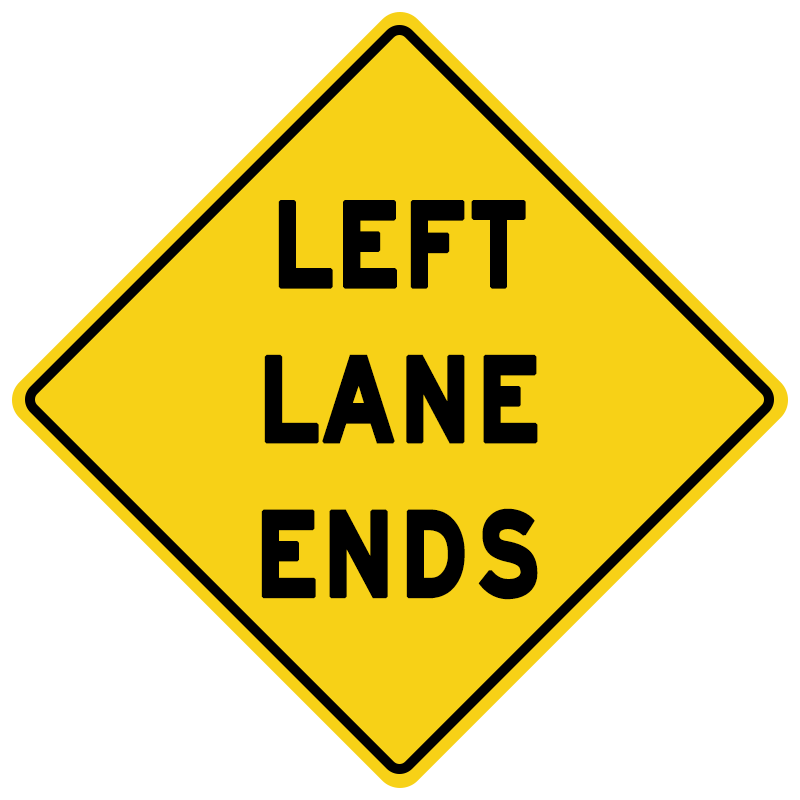
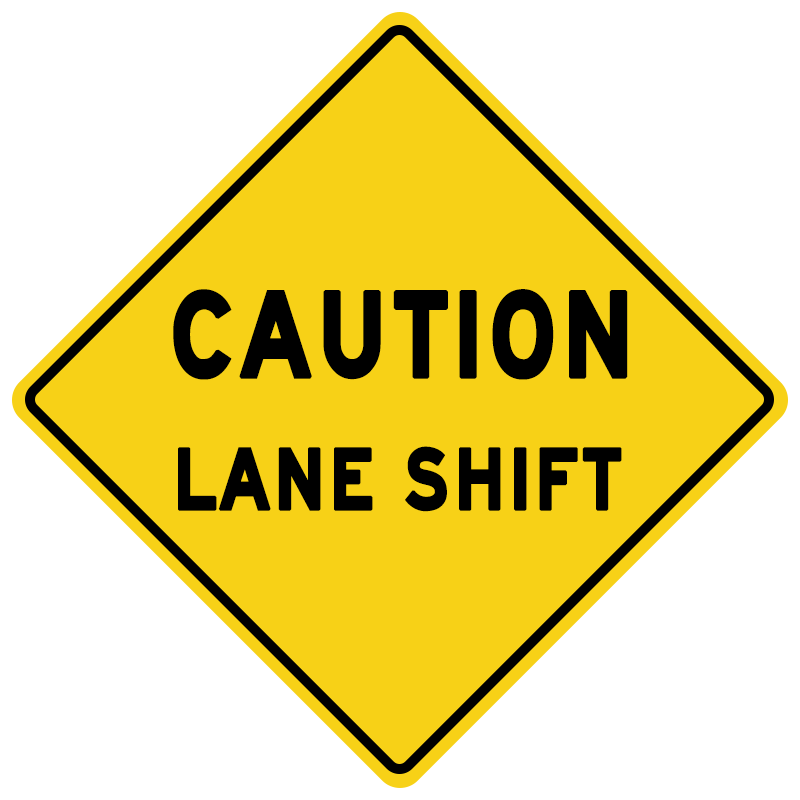
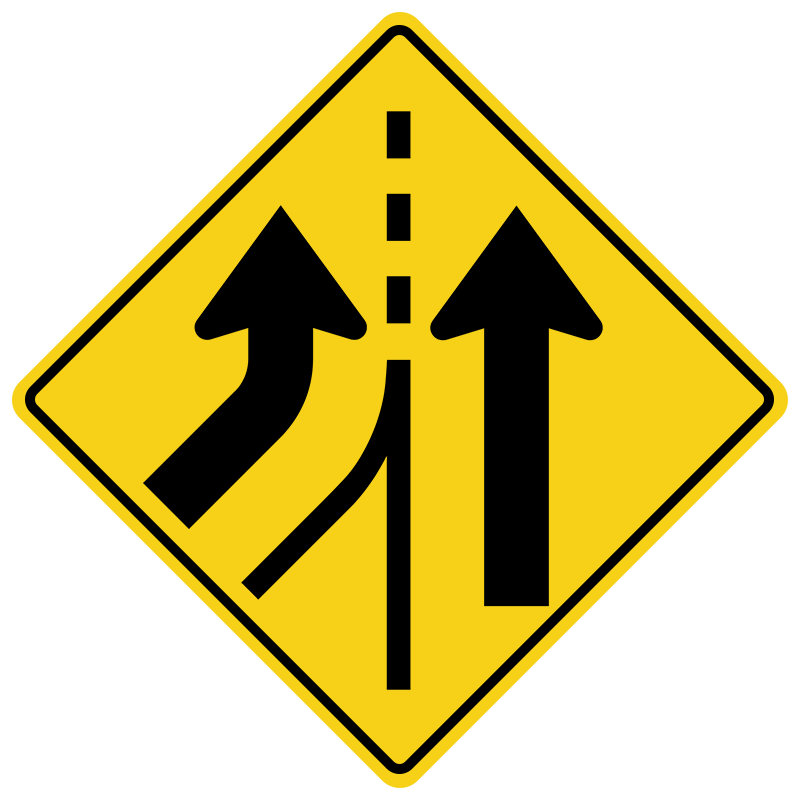
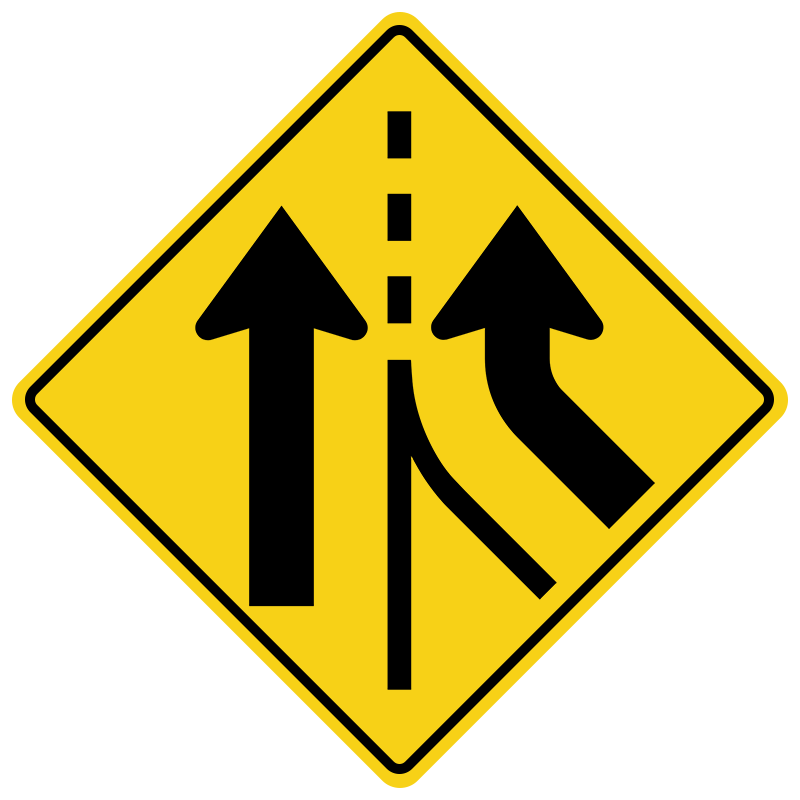
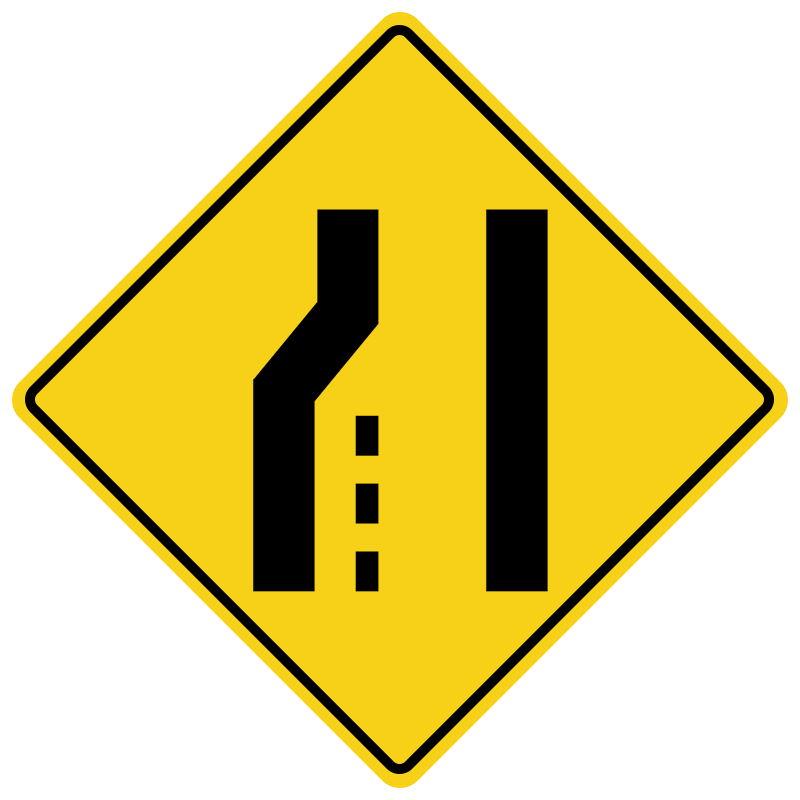
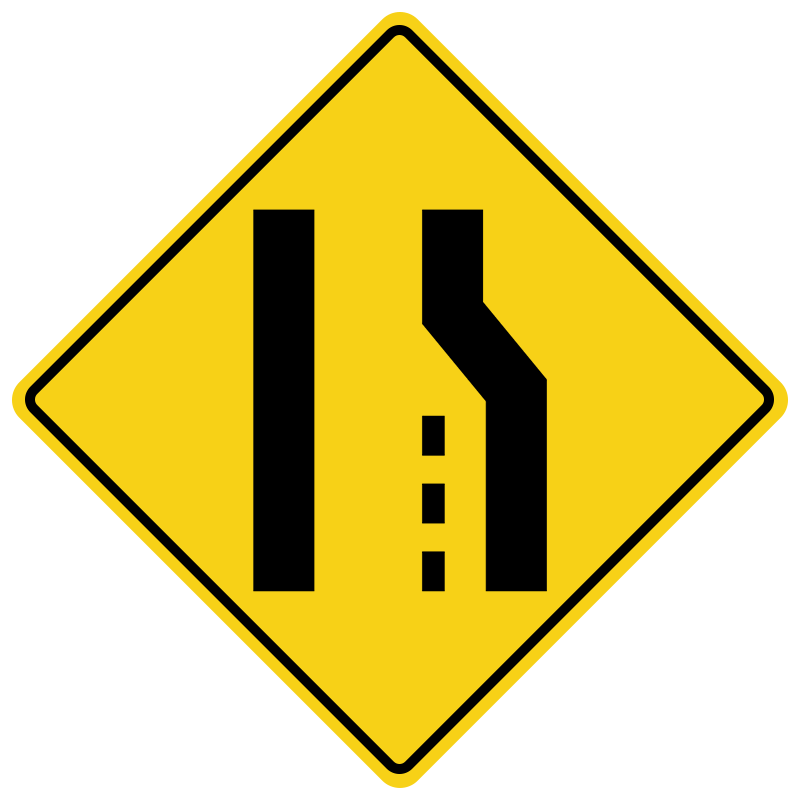
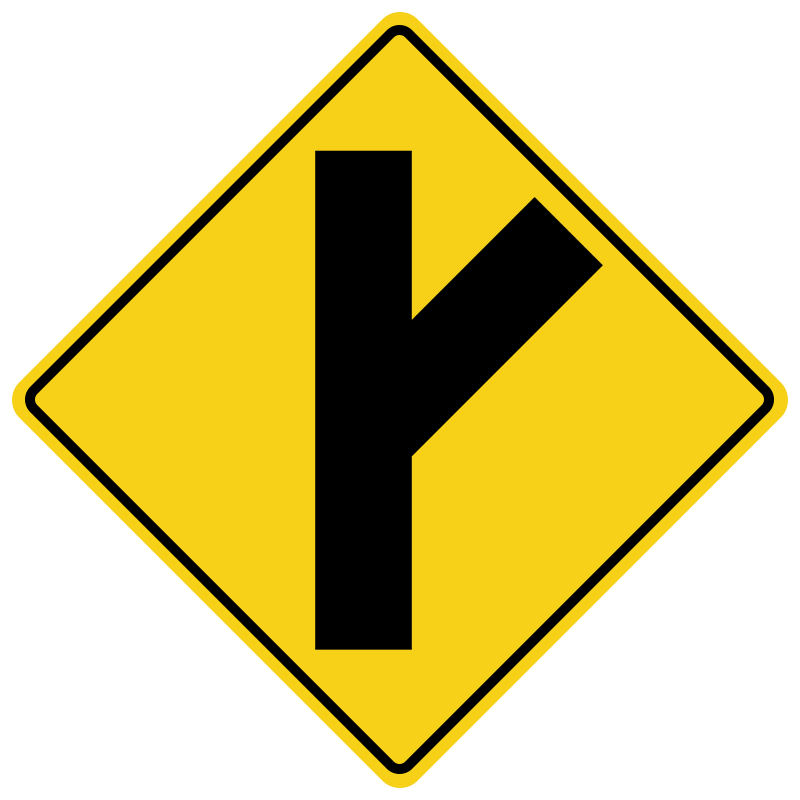
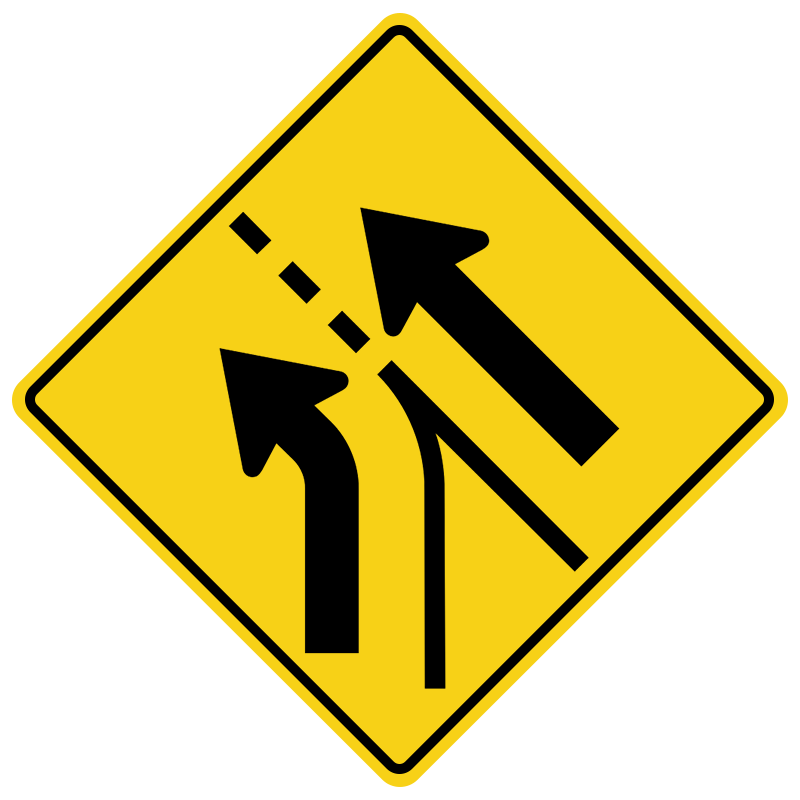
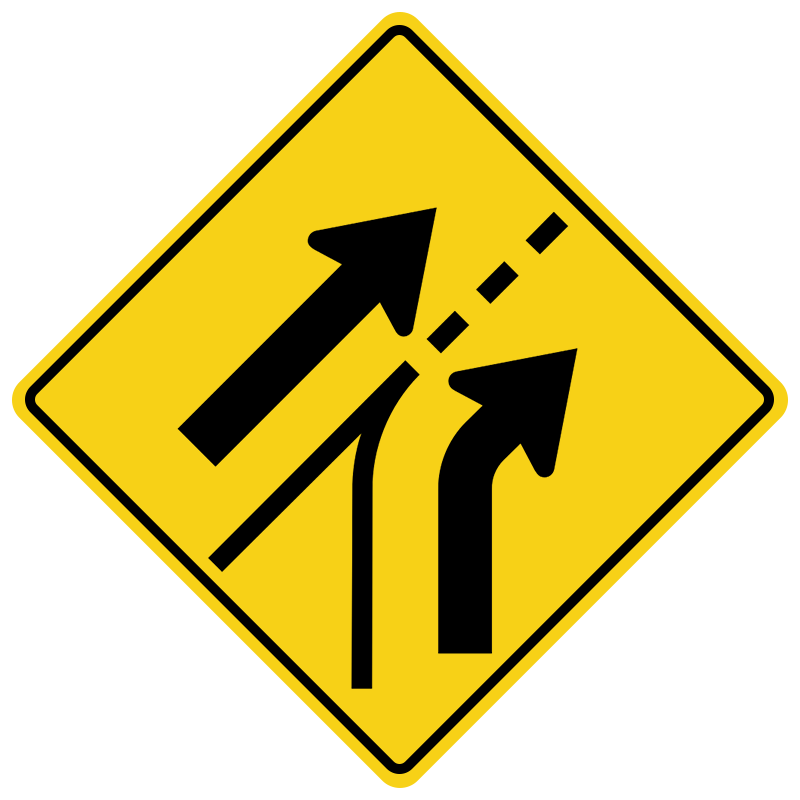
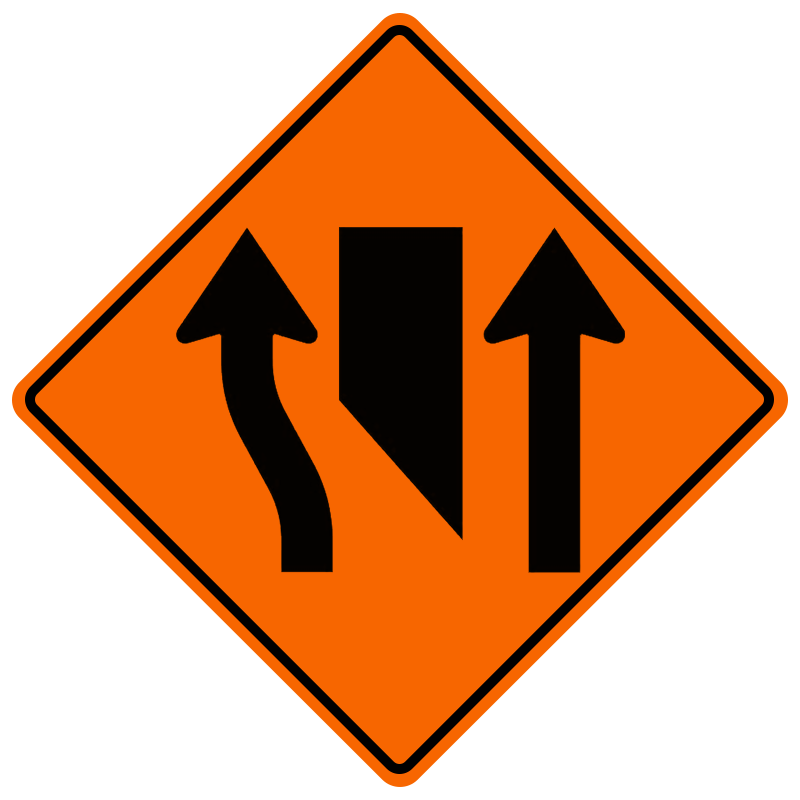
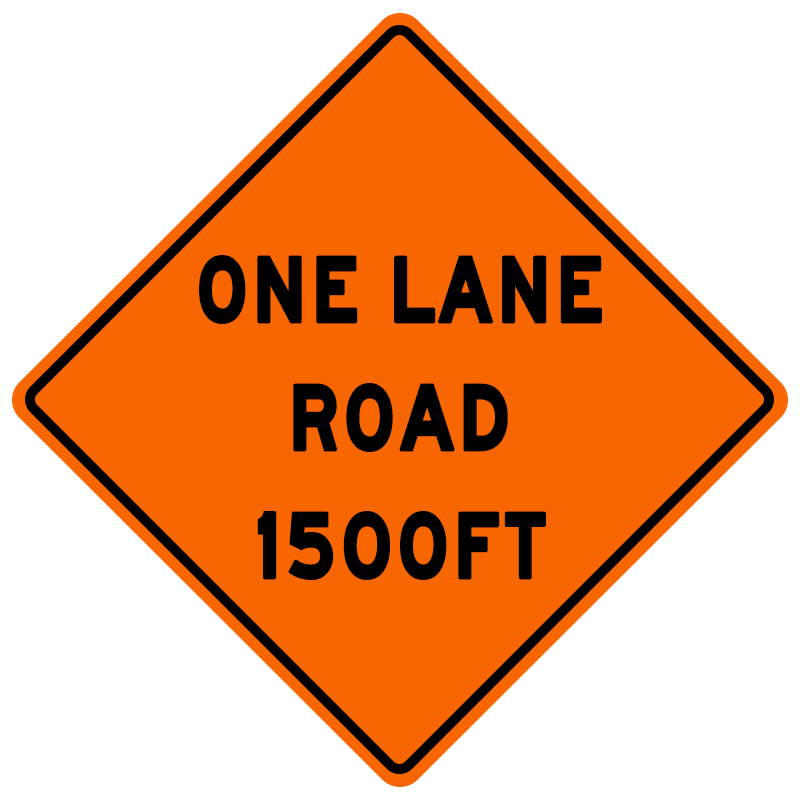
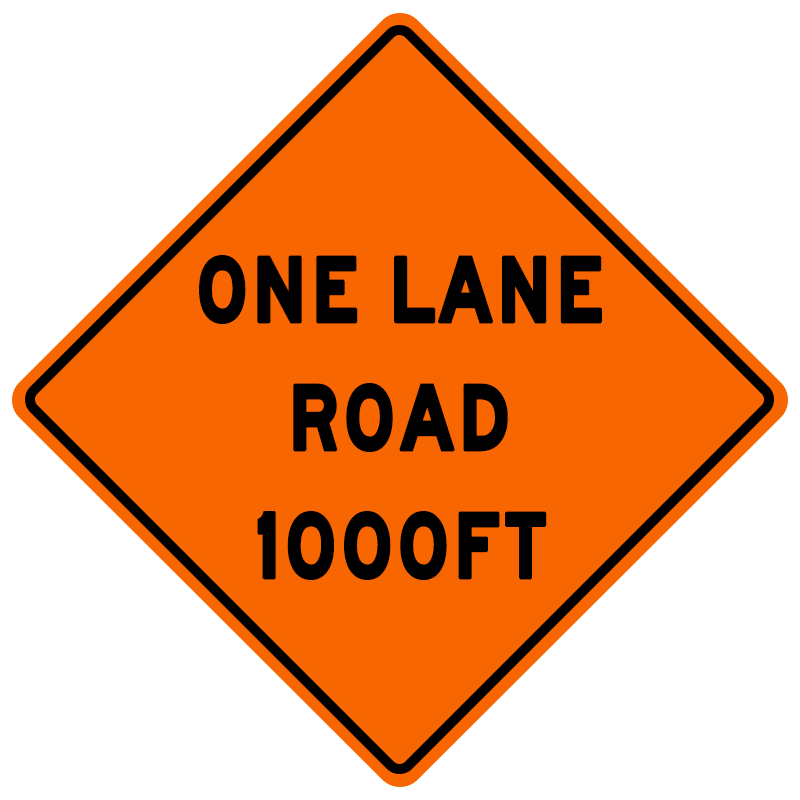
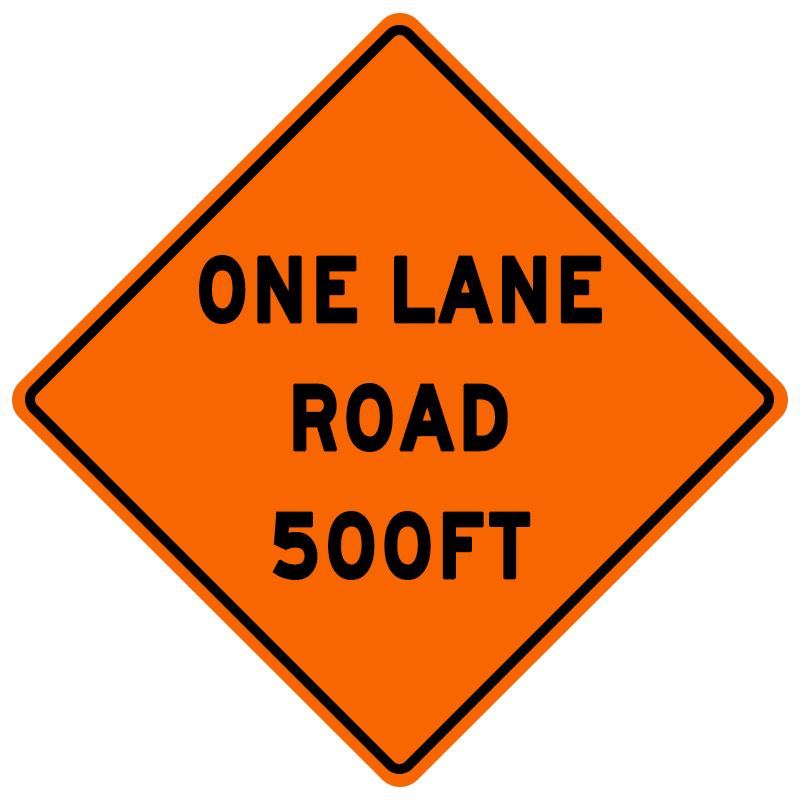
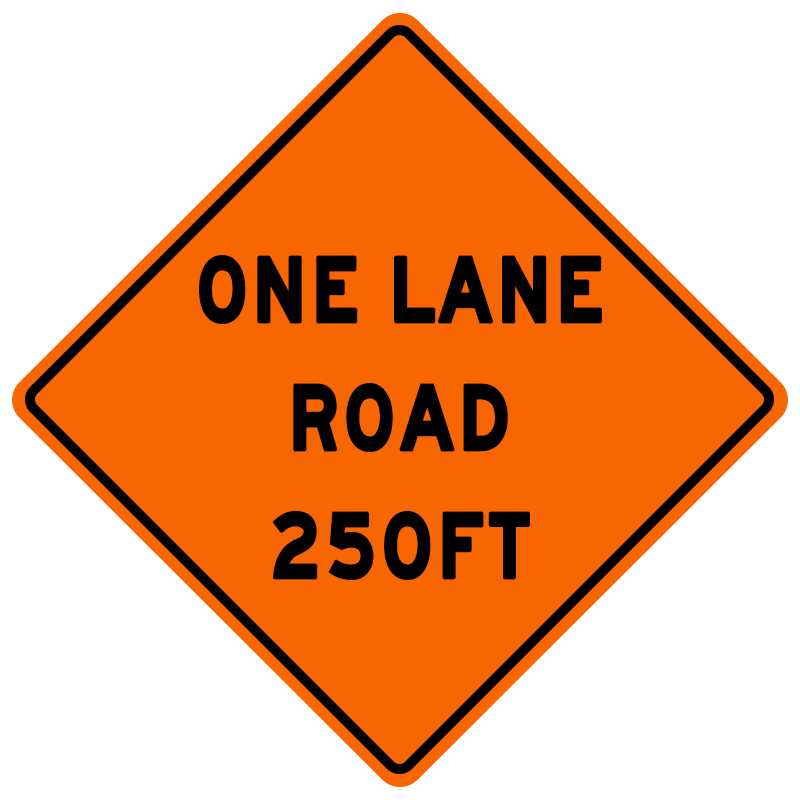
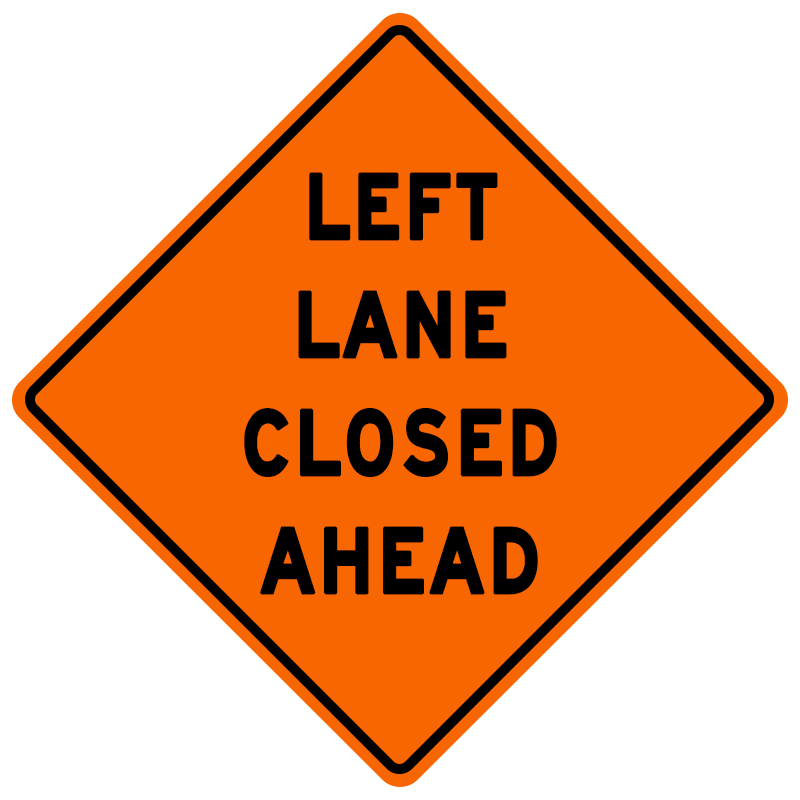
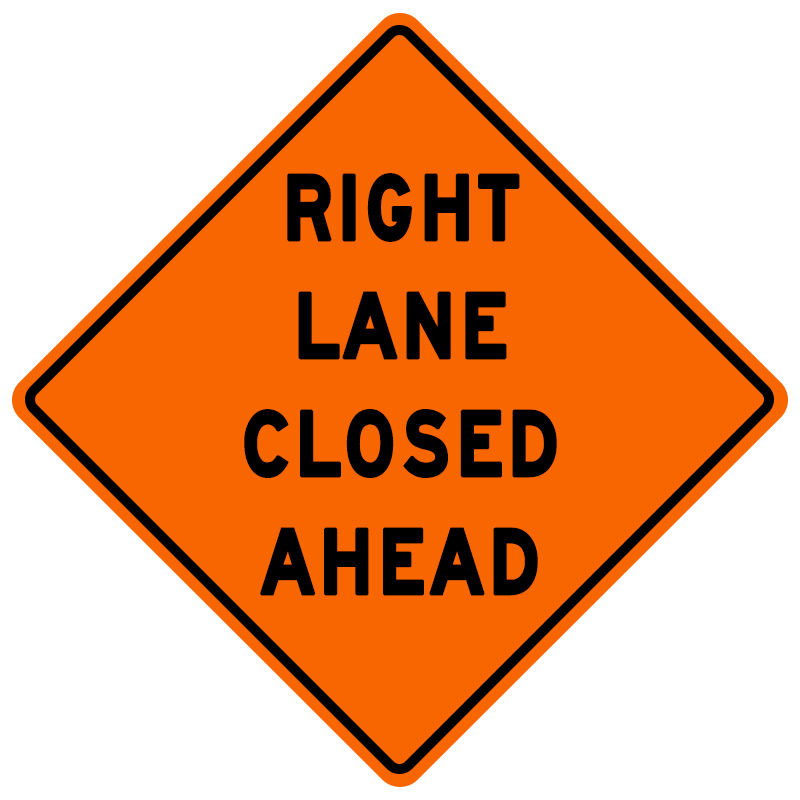
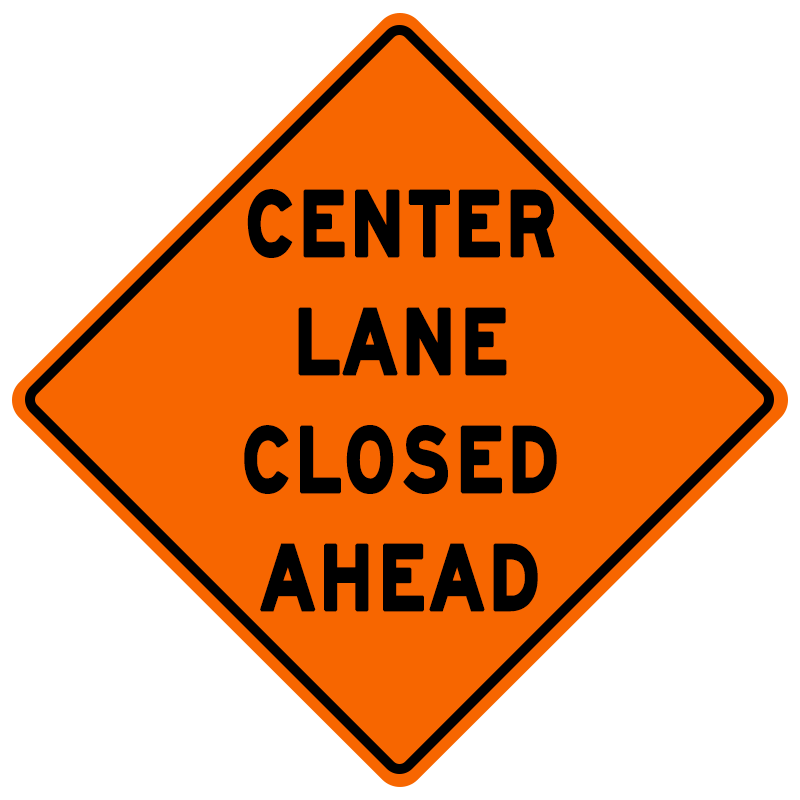
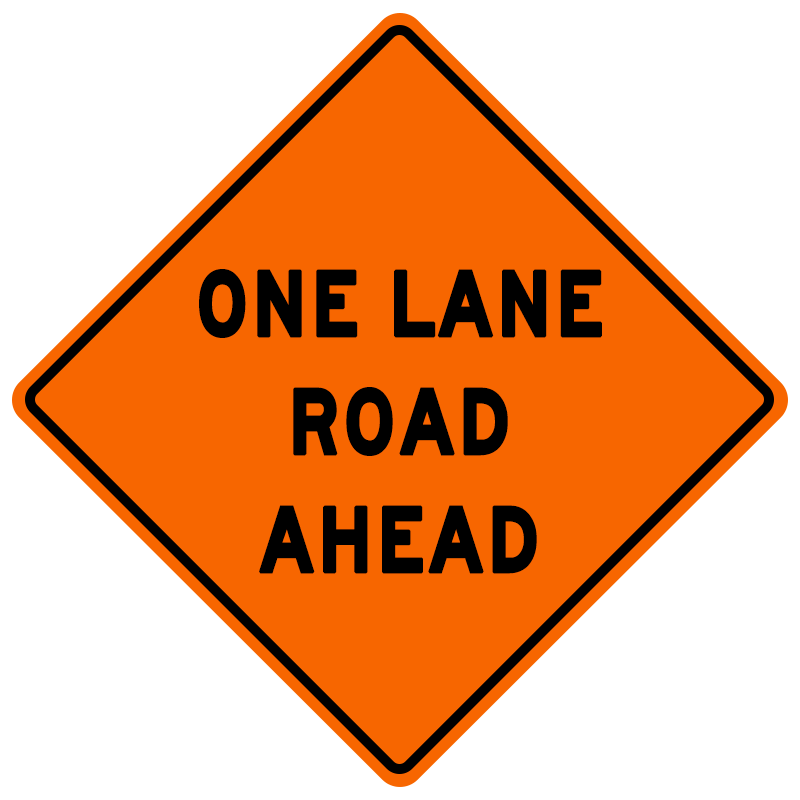
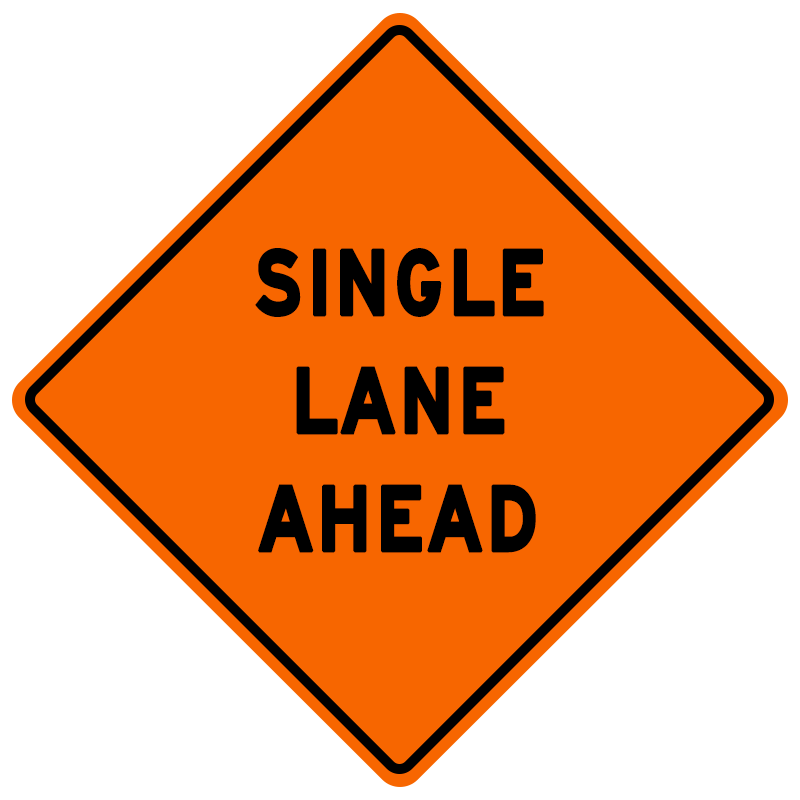
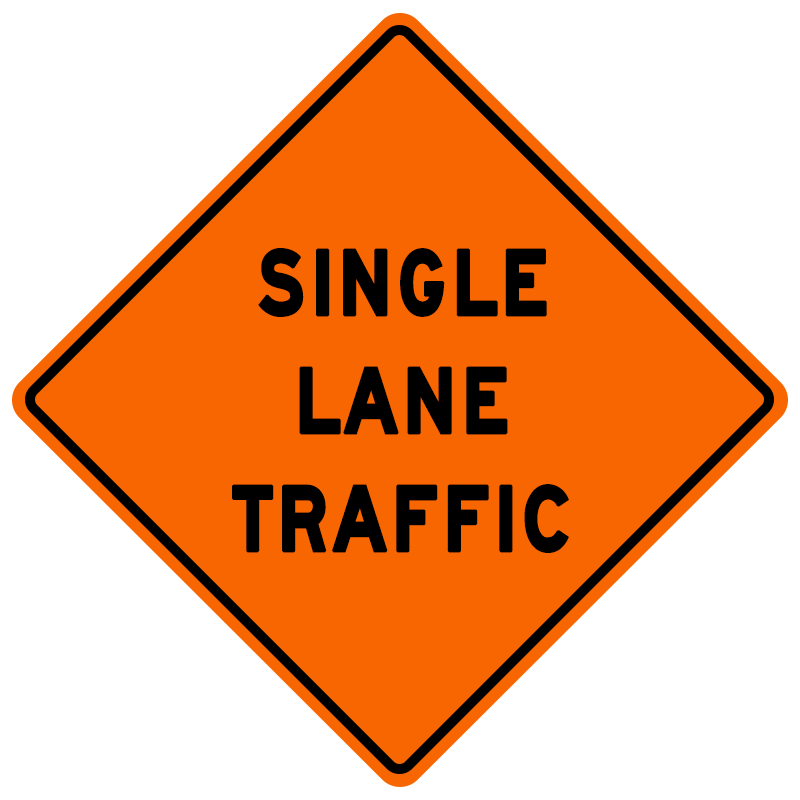
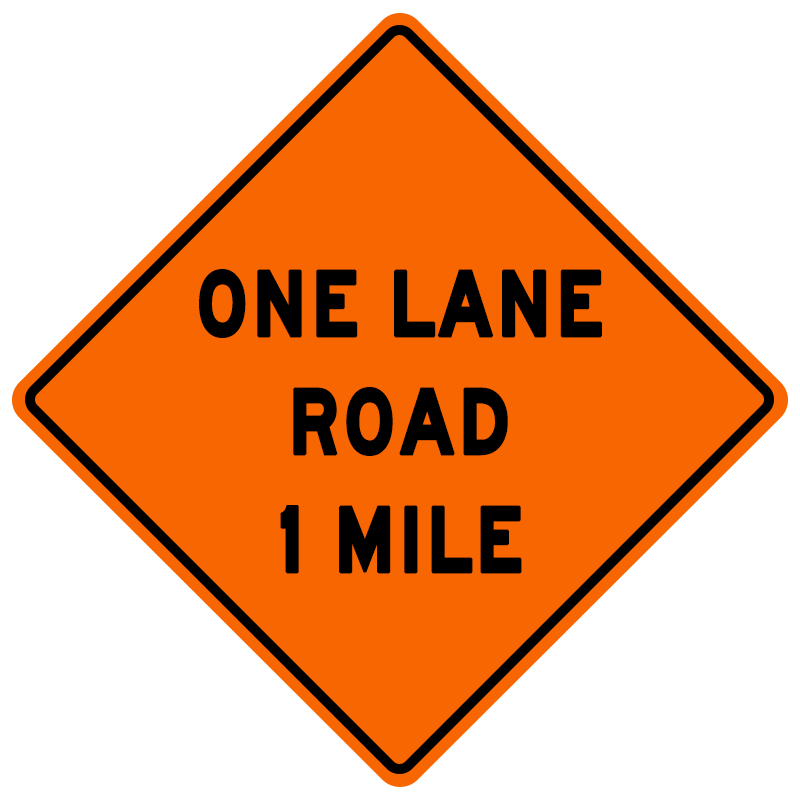

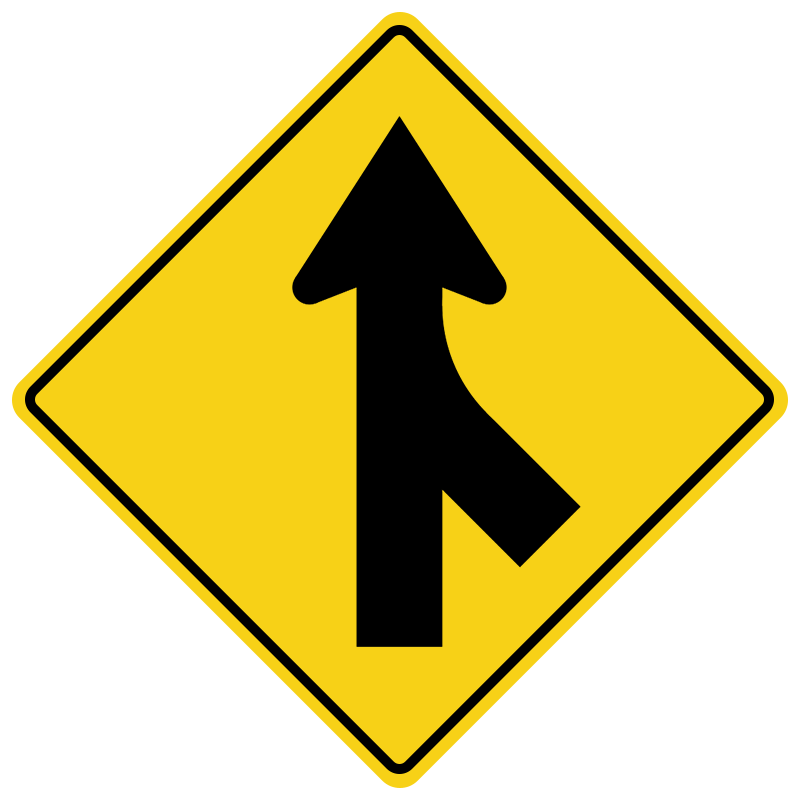
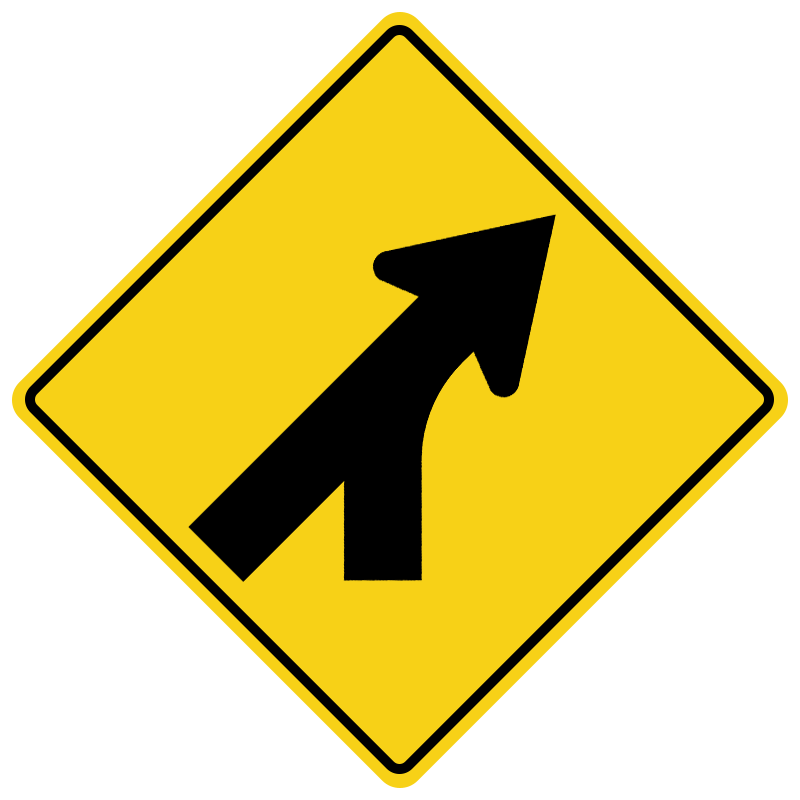
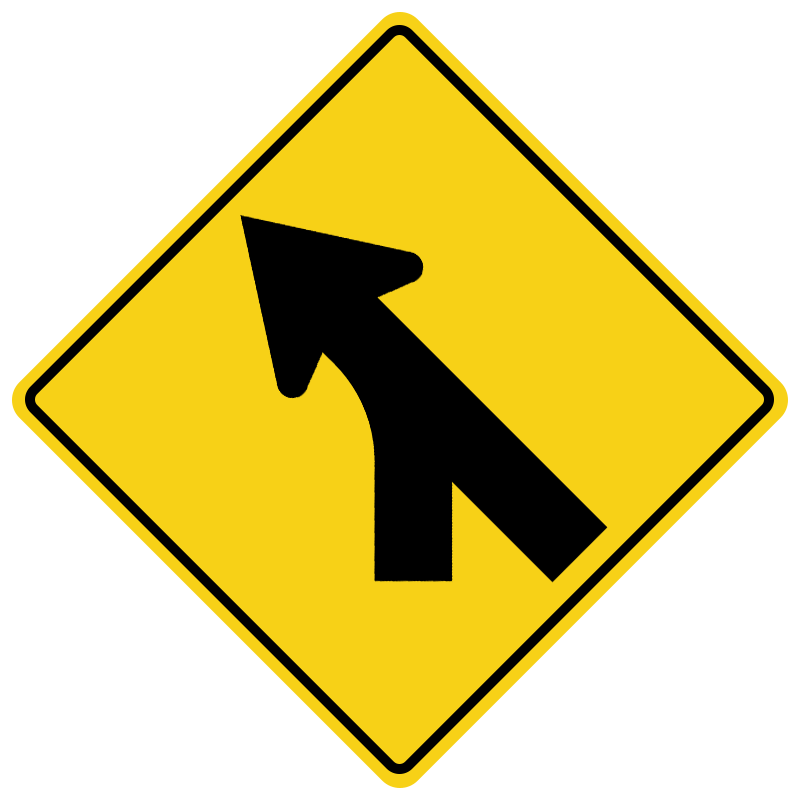
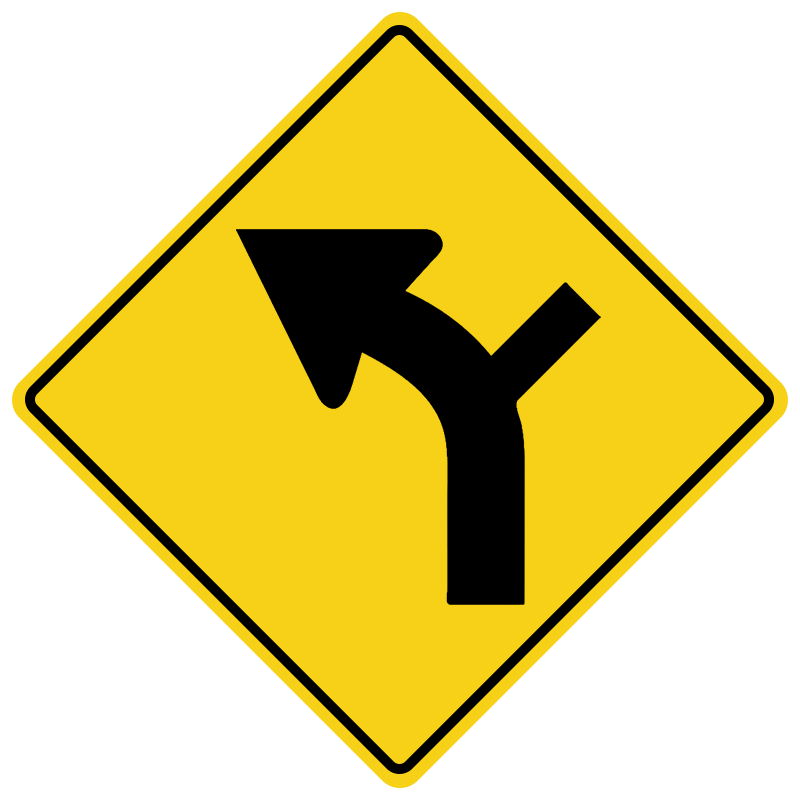
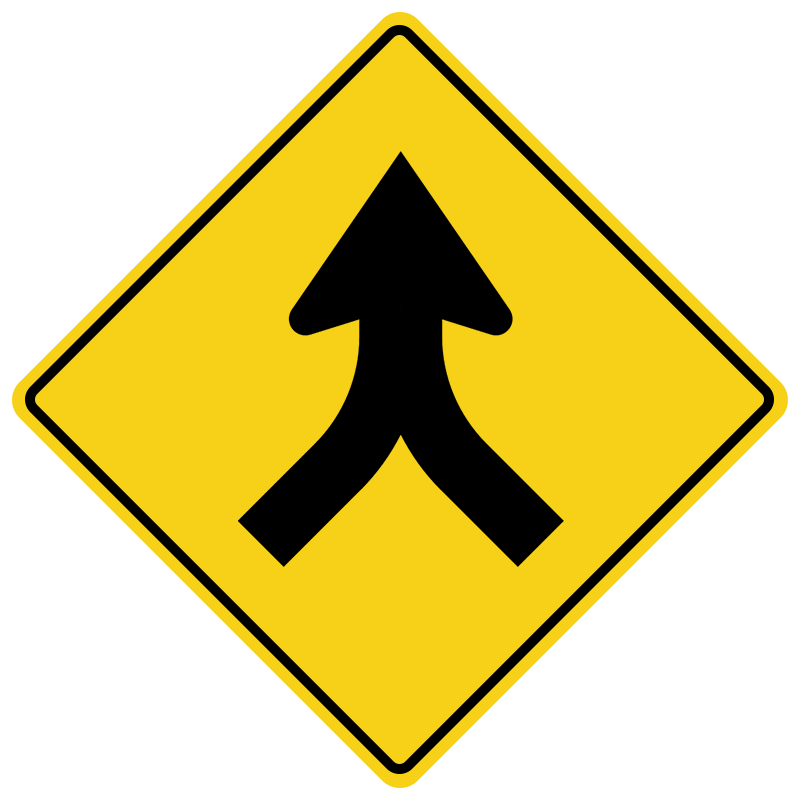
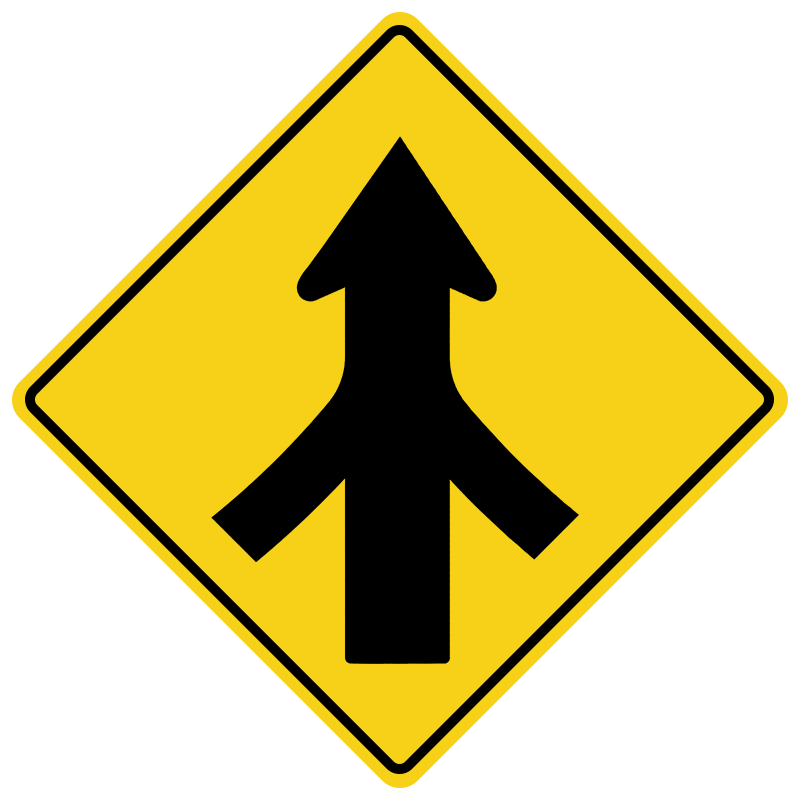
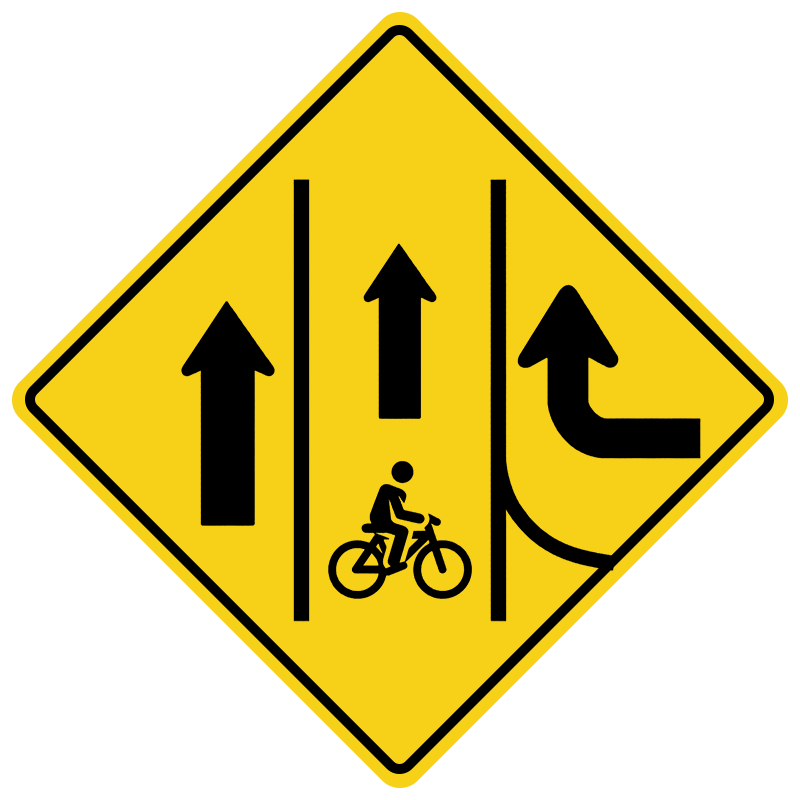
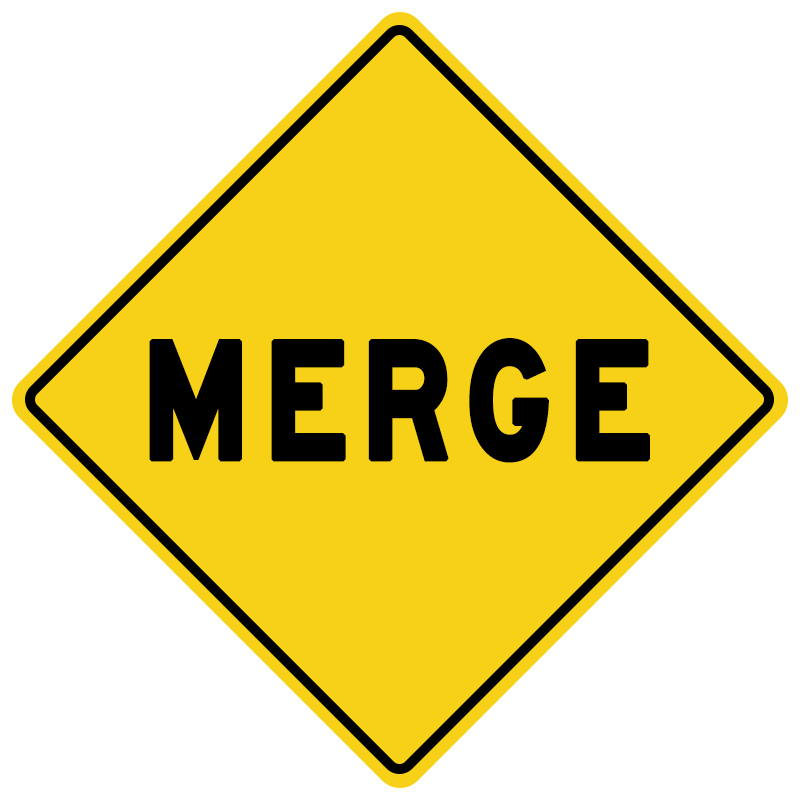
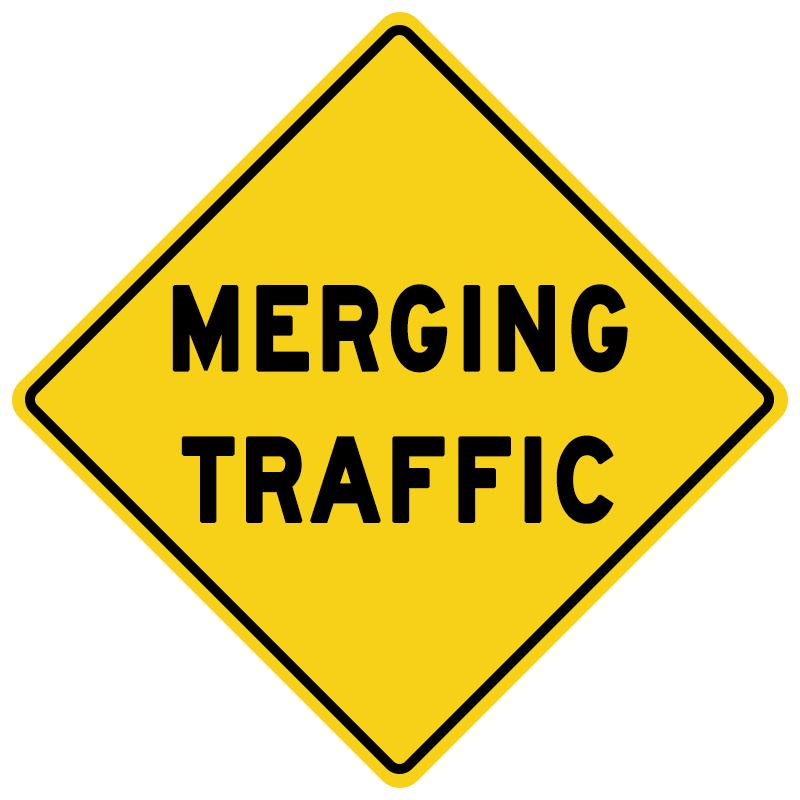
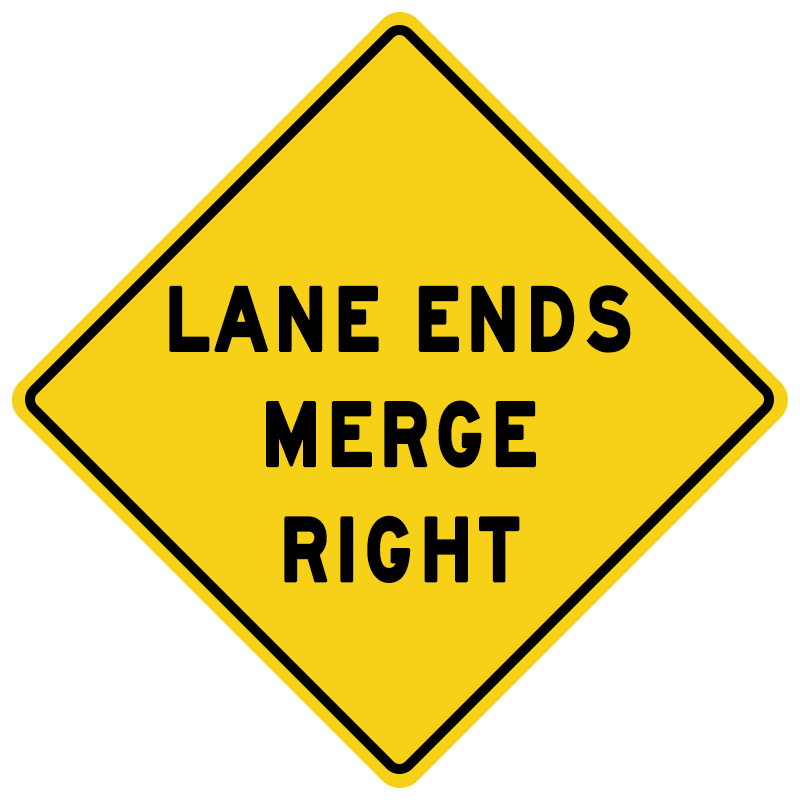
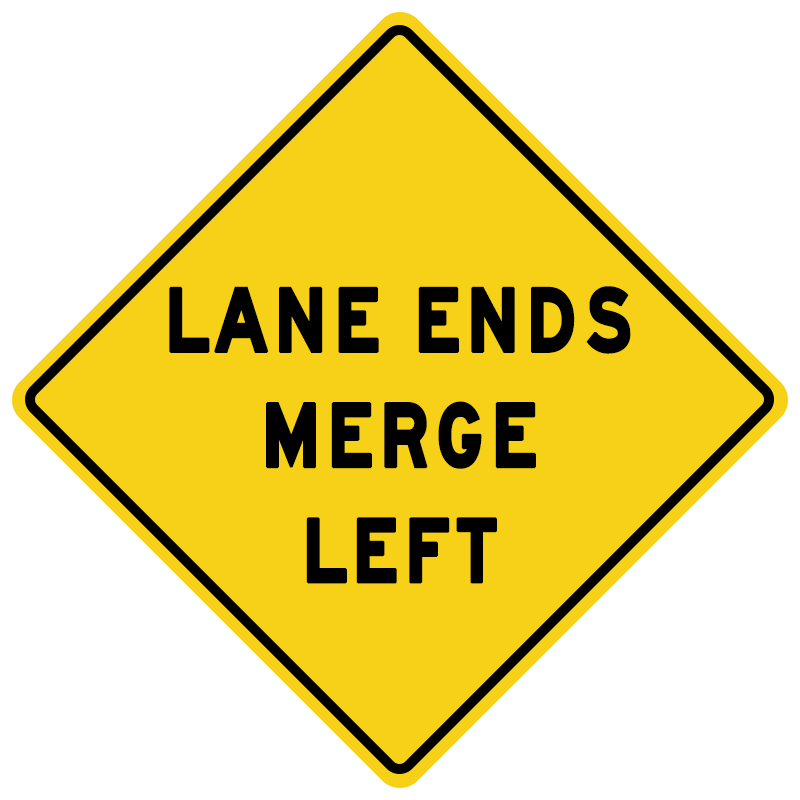
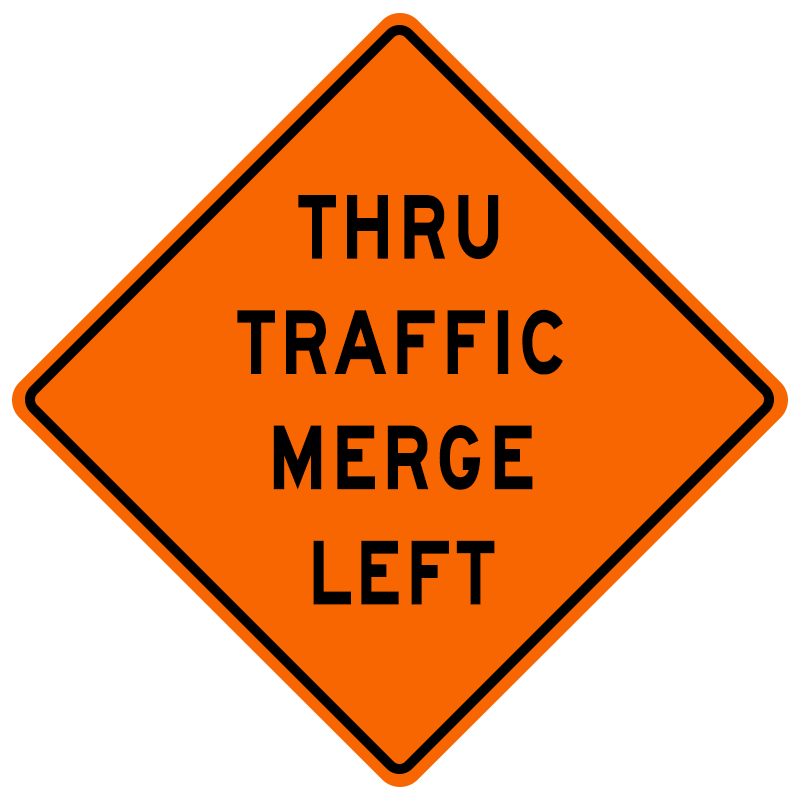
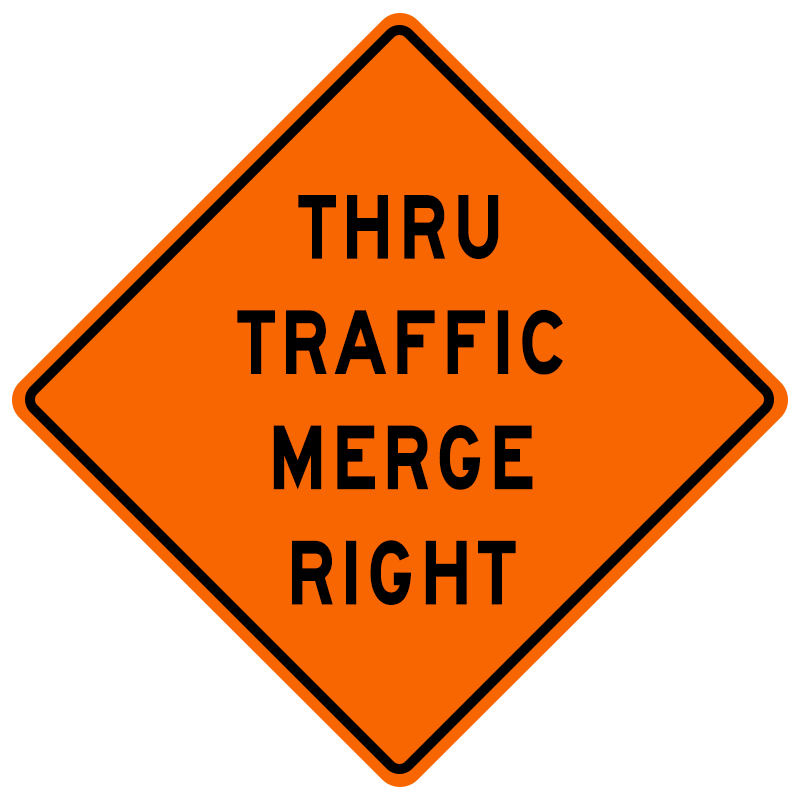
A1: Lane signs provide information about the number of lanes, lane assignments, and any special rules or restrictions associated with specific routes on the road.
A2: Lane-use control signals are traffic signals mounted over individual lanes that indicate whether a route is open or closed or if there are any restrictions on its use. They help regulate traffic flow and suggest when lanes are available for use.
A3: No, you should follow the instructions given by lane signs and markings. Changing lanes without proper indication or violating lane restrictions can lead to accidents and traffic violations.
A4: Yes, signs indicating HOV lanes or carpool lanes usually display the specific requirements and times of operation. They may include information about the minimum number of occupants required to use the lane and any time restrictions.
A5: If a lane sign indicates a mandatory direction that conflicts with your desired turn, you should follow the sign’s instructions. Adjust your route accordingly to make the necessary turns while adhering to the designated lanes.
A6: Merge signs indicate that two lanes of traffic will come together or merge into one. They provide advance notice to drivers, allowing them to adjust their speed and position to merge safely with the traffic in the designated lane.
A7: When approaching a merge point, follow the instructions on the merge sign. Adjust your speed, yield to traffic in the central lane, and merge smoothly and safely into the available space without disrupting the traffic flow.
A8: Yes, merging onto highways or freeways requires careful attention and adherence to specific rules. You should adjust your speed to match the traffic flow and use your turn signal to indicate your intention to merge and yield to vehicles already in the central lane.
A9: If the lane you need to merge into is congested or has heavy traffic, exercise patience, maintain a safe following distance, and wait for a suitable gap in the traffic flow before merging. Avoid forcing your way into the lane or causing abrupt lane changes that may lead to accidents.